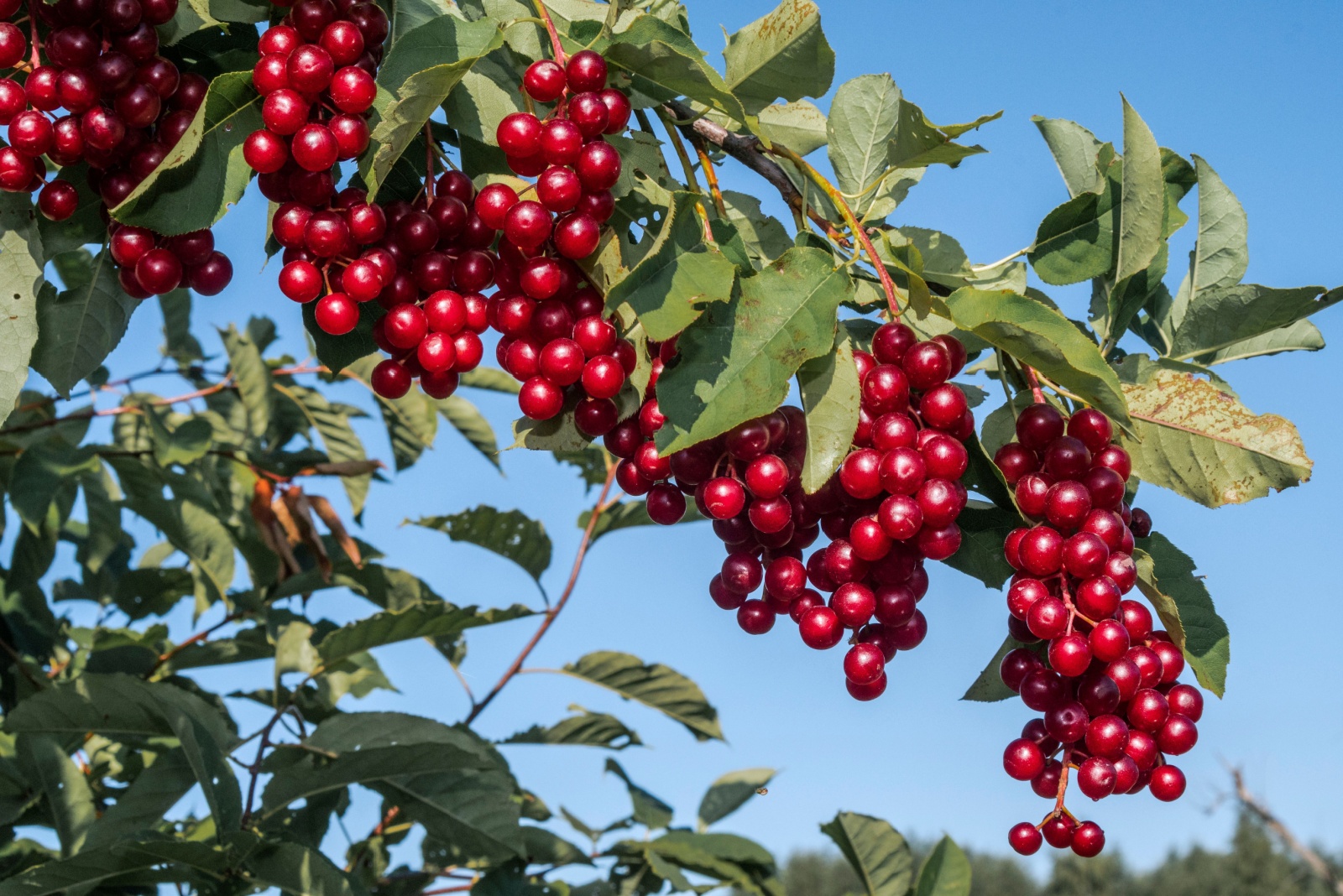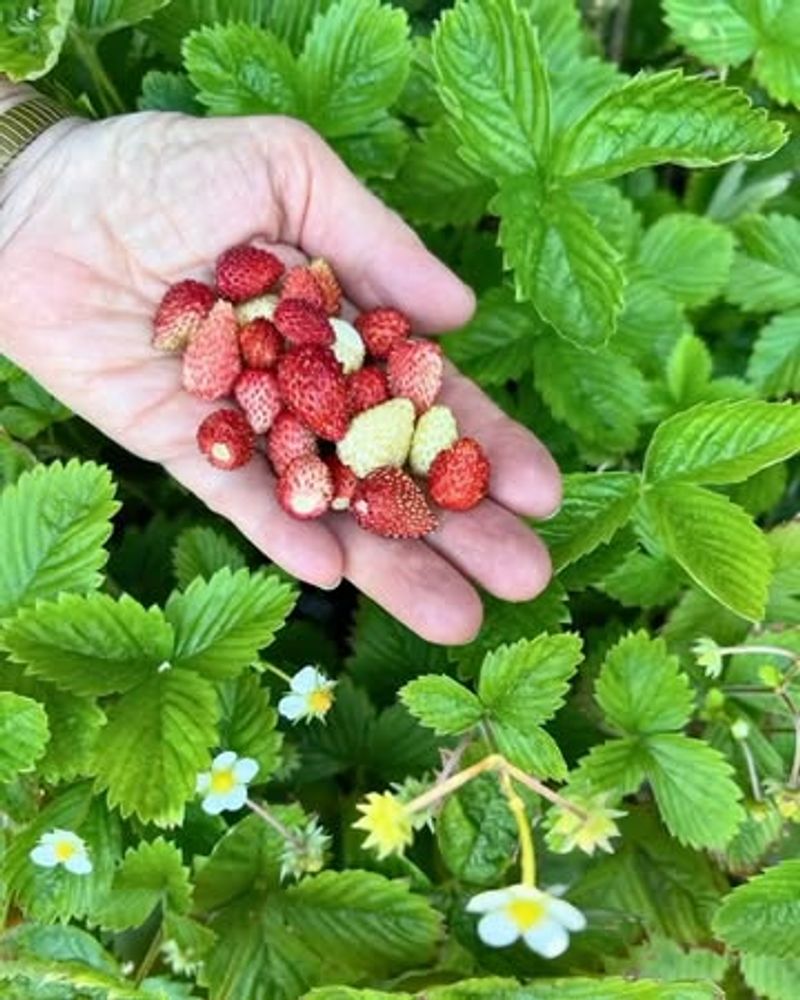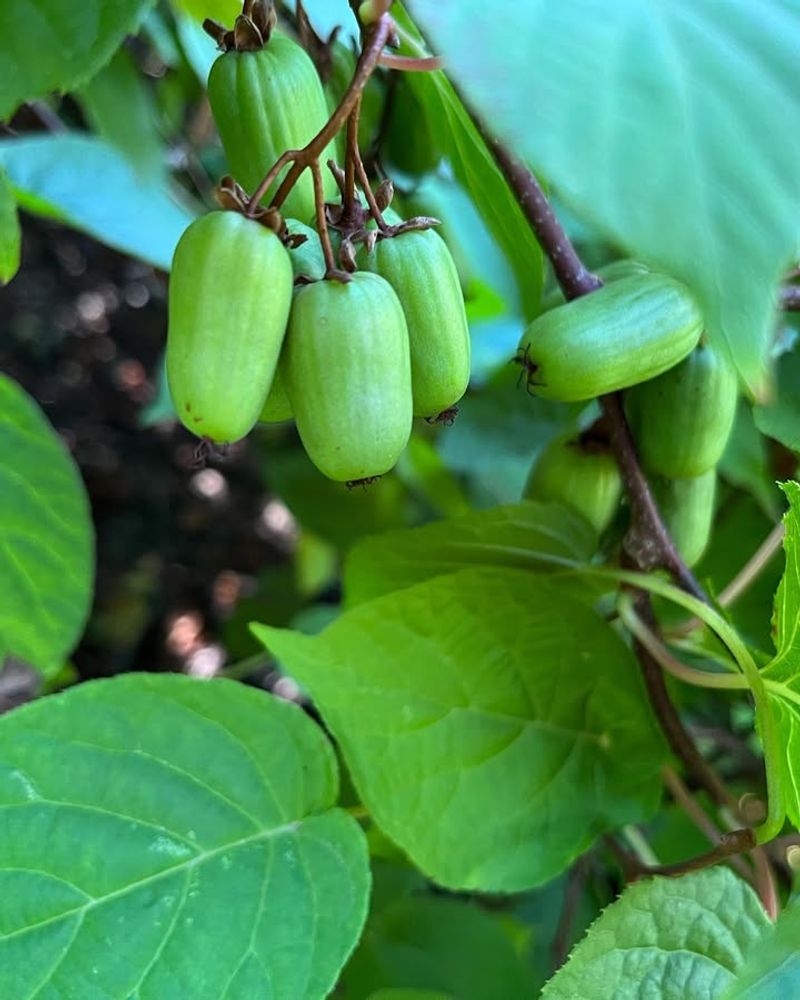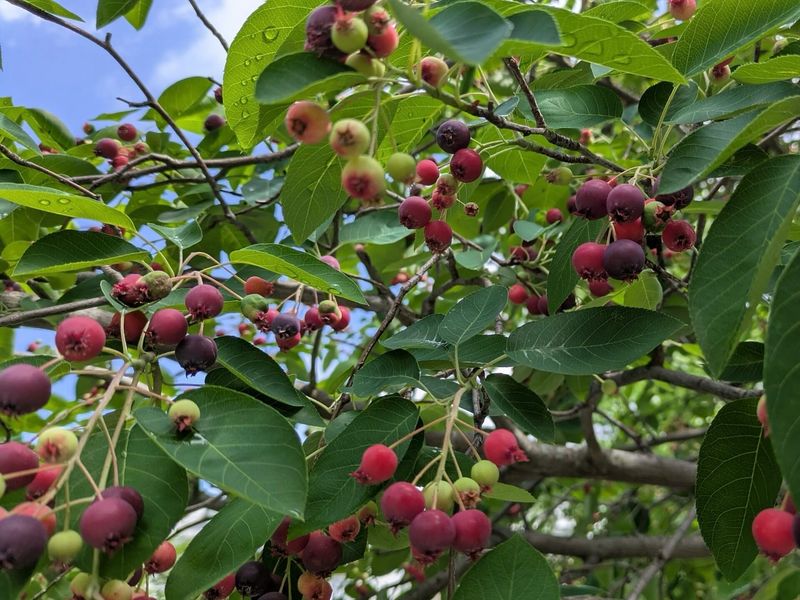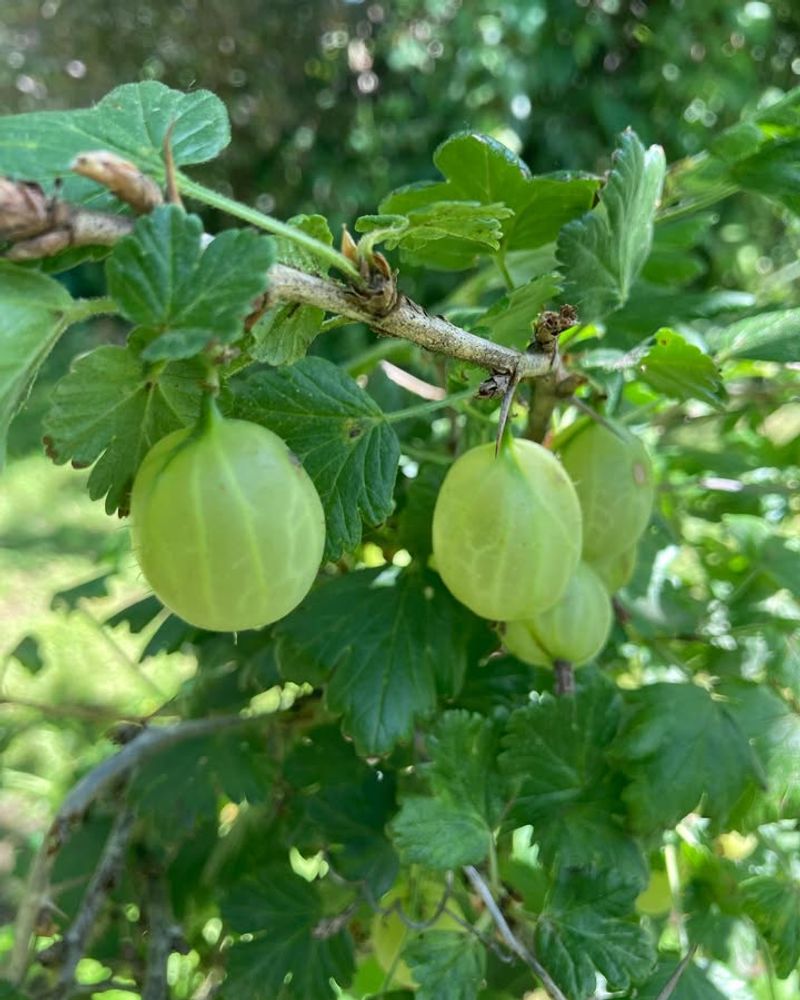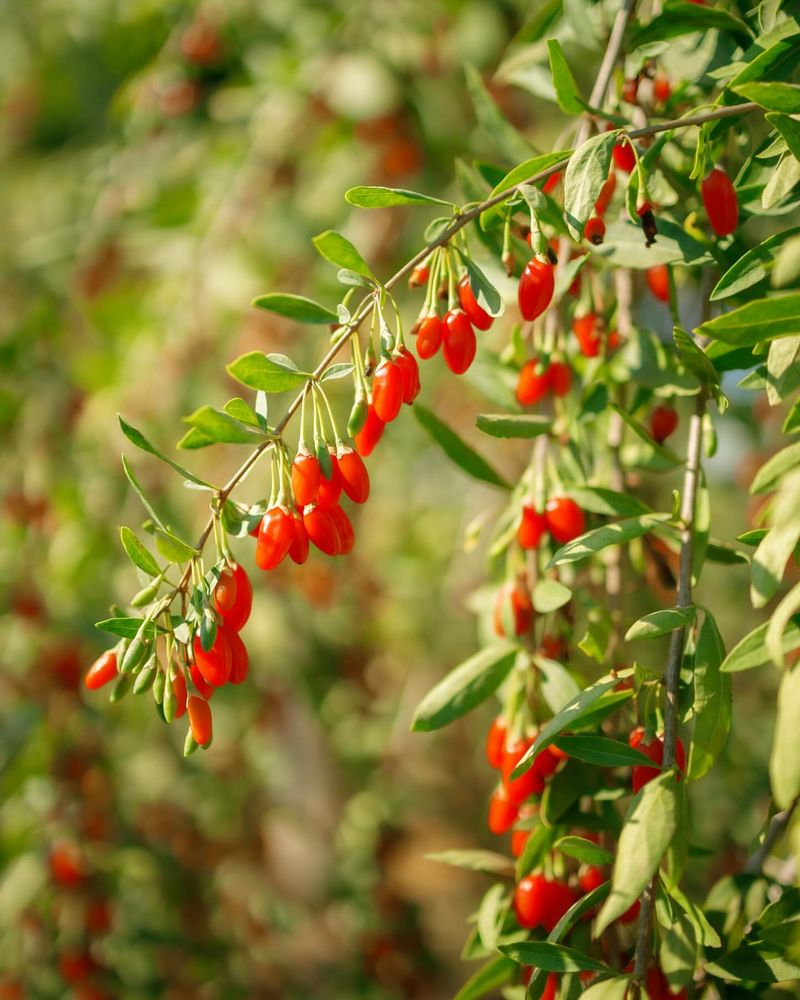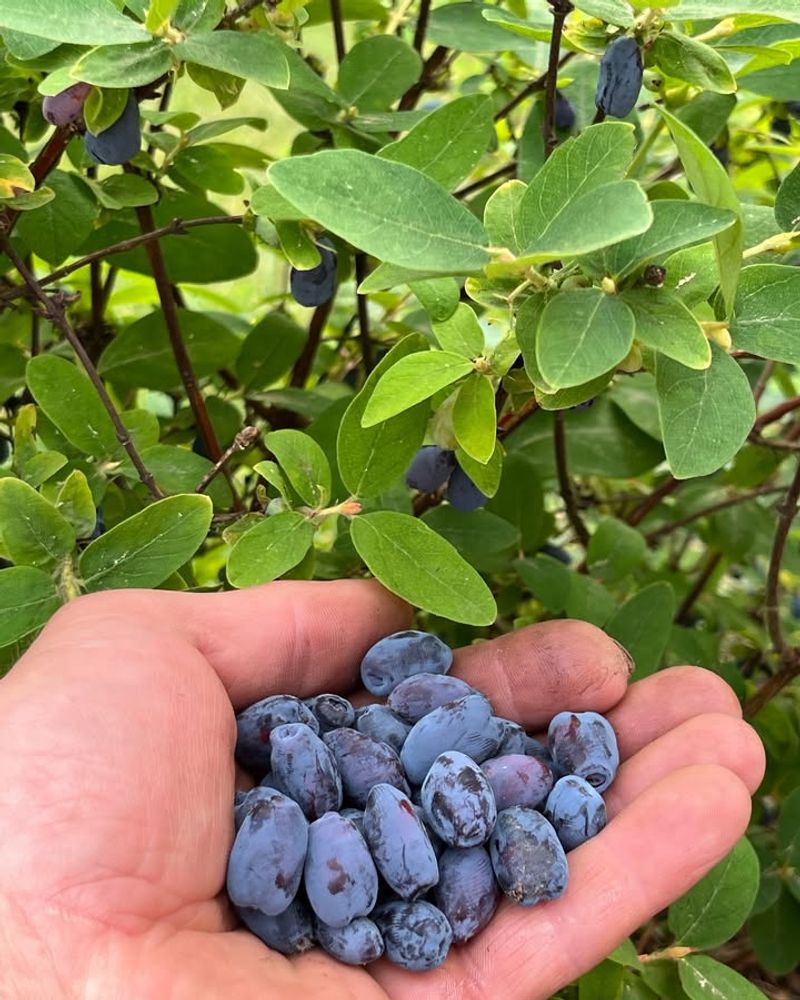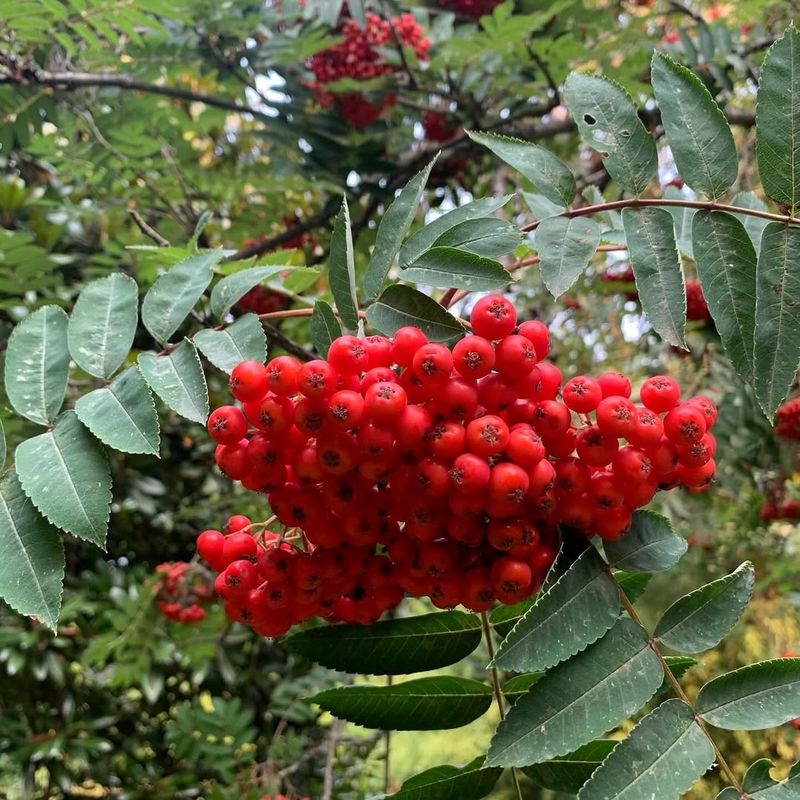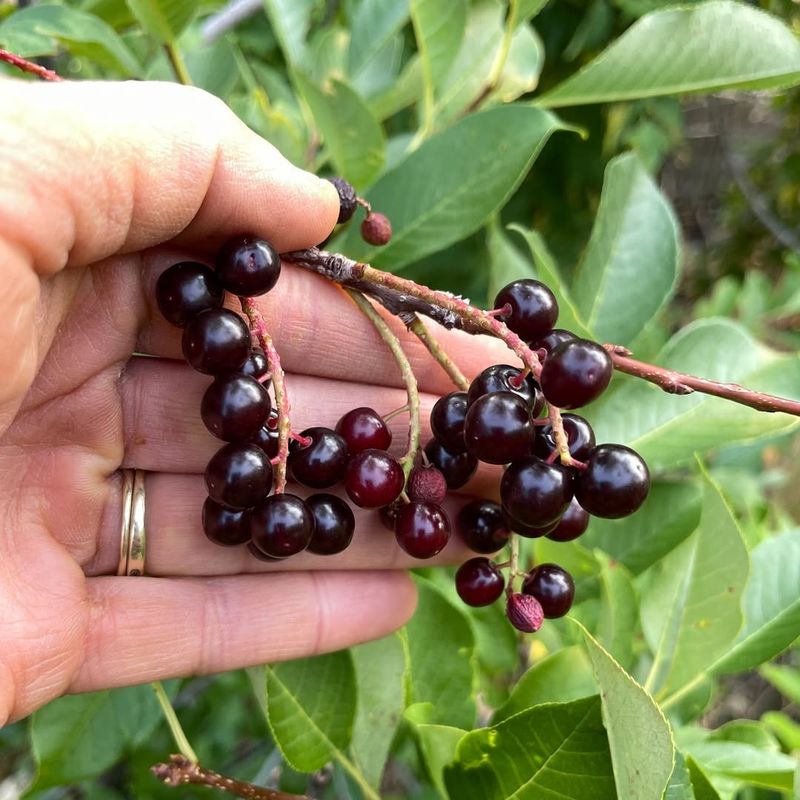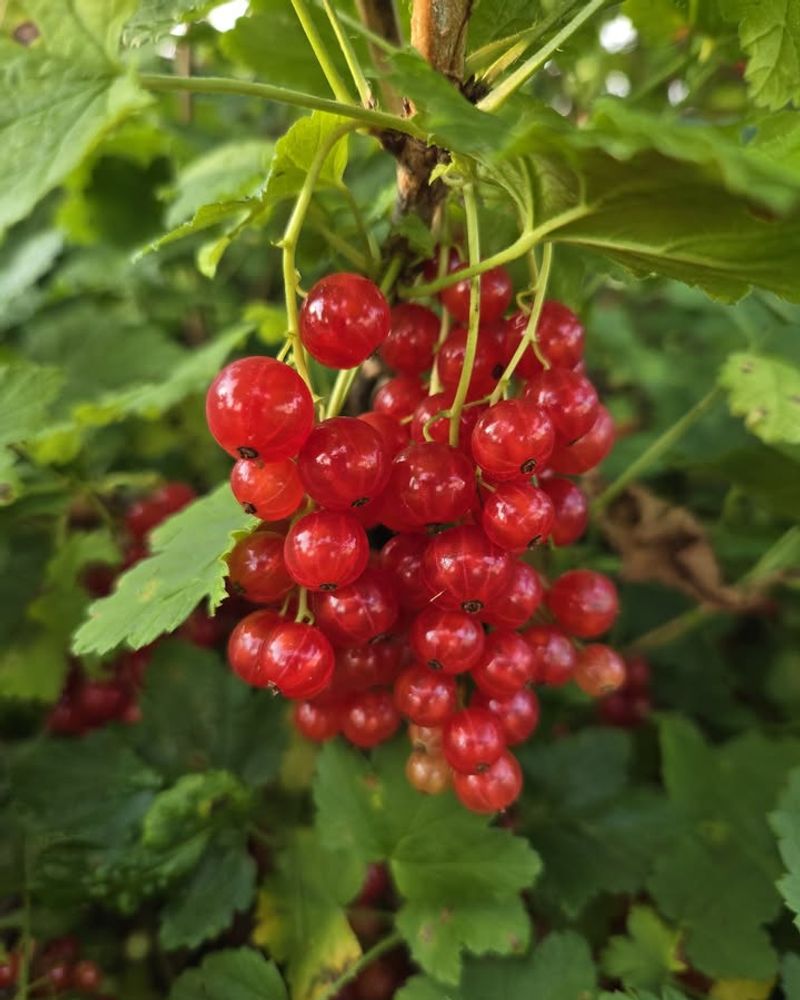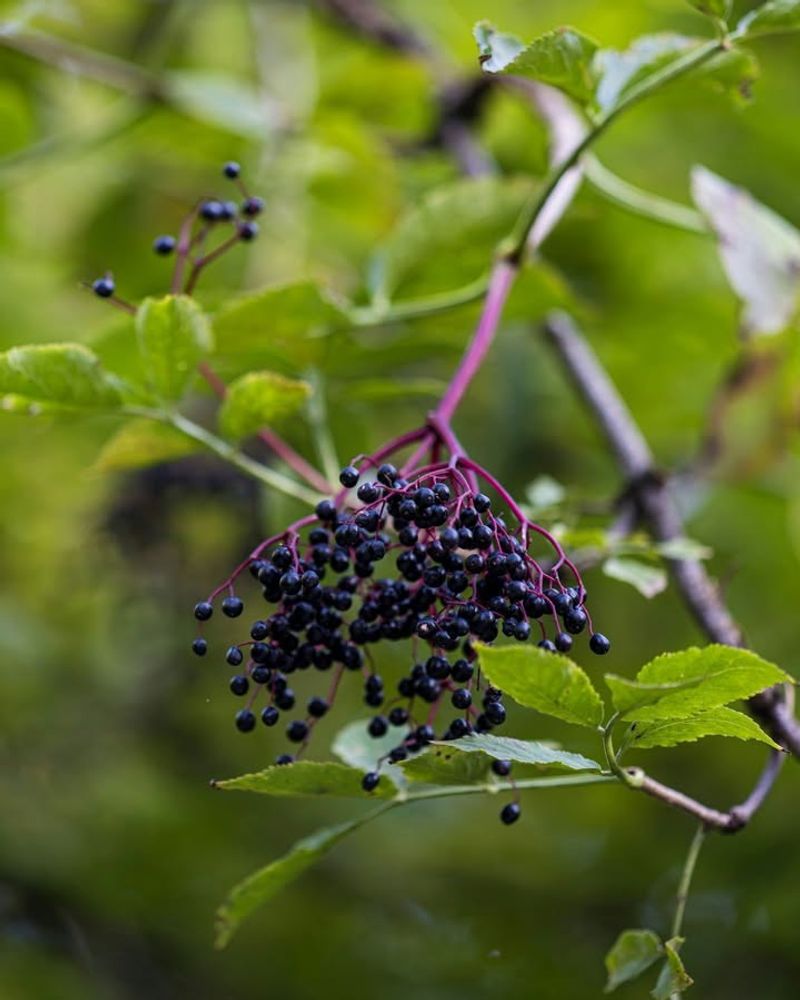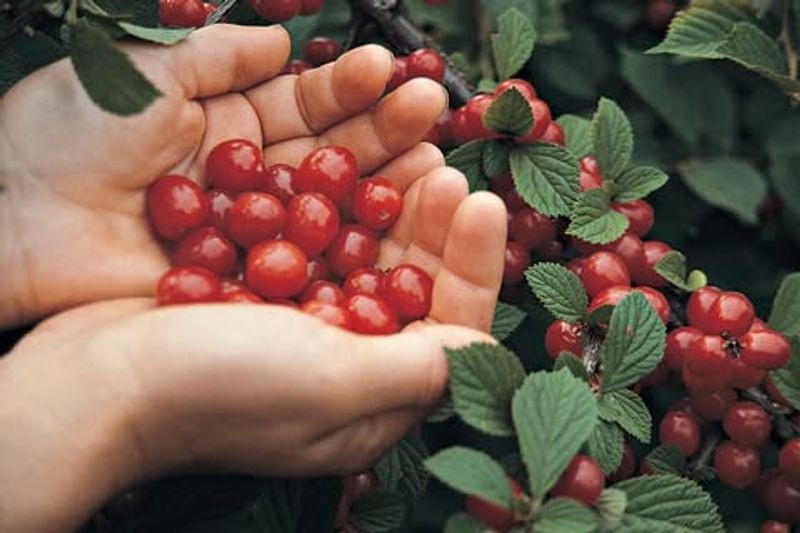October in Colorado doesn’t mean the end of your gardening dreams. Despite the cooling temperatures, many fruits can still be started indoors from seed, giving you a head start for next season.
With proper planning and care, these seeds can develop into strong seedlings ready for transplanting when spring arrives.
1. Alpine Strawberries
These tiny, wild cousins of garden strawberries pack more flavor than their larger relatives. Started indoors in October, they’ll develop strong root systems through winter.
Alpine varieties actually benefit from Colorado’s cooler climate and higher elevations. Unlike conventional strawberries, these gems produce fruit the first year from seed.
Keep soil consistently moist but not waterlogged during germination, which typically takes 2-3 weeks.
2. Hardy Kiwi
Surprisingly tough and perfect for Colorado’s climate, hardy kiwi seeds started in October develop strong seedlings by spring. Unlike their tropical cousins, these plants withstand temperatures down to -25°F when mature.
The grape-sized fruits offer a sweet, intense flavor without the fuzzy skin. Seeds need cold stratification, making autumn the perfect starting time.
Germination takes patience – expect to wait 1-3 months for sprouts to appear.
3. Serviceberry
Native to Colorado’s landscape, serviceberry trees produce delicious blueberry-like fruits beloved by both humans and wildlife. October seed starting mimics their natural germination cycle, as seeds normally overwinter before sprouting.
Place freshly harvested seeds in damp sand in the refrigerator for 3-4 months to break dormancy. This cold stratification process tricks seeds into thinking winter has passed.
Once planted in soil, keep them in a bright, cool location until spring transplanting.
4. Gooseberries
Gooseberries thrive in Colorado’s climate and starting them from seed in October gives them the cold period they naturally require. The tart, versatile berries make exceptional jams and pies.
Extract seeds from ripe fruits, rinse thoroughly, and dry before planting. Use a well-draining seed starting mix and keep soil consistently moist.
Place seed trays in a cool spot around 60°F. Patience is key – germination may take several months, but the wait brings rewards.
5. Goji Berries
Known as a superfood, goji berries grow surprisingly well from seed in Colorado’s climate. Starting in October indoors gives these slow-growing plants a significant advantage for next season.
Fresh seeds germinate better than dried ones. Soak them overnight before planting in light, well-draining soil. Keep seedlings under grow lights for 12-14 hours daily.
Expect sprouts within 10-14 days. These nutrient-packed berries will eventually produce fruits that can be eaten fresh or dried.
6. Honeyberry
Resembling elongated blueberries, honeyberries (haskap) are perfect for Colorado gardens with their incredible cold hardiness. October seed starting allows for the natural cold stratification these seeds require.
Extract seeds from ripe berries and plant immediately in seed-starting mix. Don’t let the soil dry out completely during germination.
Move containers outdoors in a protected location where they’ll experience winter temperatures but remain sheltered from harsh winds and direct sun. Spring will reveal your successful efforts!
7. Mountain Ash
The bright red berries of mountain ash trees create striking visual interest and attract birds to your Colorado landscape. Though technically not eaten fresh, these berries make excellent jellies and preserves.
Collect seeds from ripe berries and remove all pulp. Plant immediately in October to give them their required cold period.
Use deep containers as mountain ash develops a taproot early. Keep soil moist but not soggy, and protect young seedlings from extreme temperature fluctuations common in Colorado fall months.
8. Chokecherry
Native chokecherries have sustained Colorado wildlife and indigenous peoples for centuries. Their slightly astringent fruits transform into amazing syrups and jellies when properly prepared.
Harvest seeds from fully ripened berries and plant immediately in October. This timing perfectly mimics nature’s cycle, as fallen fruits would naturally germinate after winter.
Keep soil consistently moist during the indoor germination period. By spring, you’ll have seedlings ready for transplanting into your Colorado landscape where they’ll thrive with minimal care.
9. Currants
Both red and black currants grow beautifully in Colorado’s climate and produce vitamin-rich berries perfect for jams and baking. Starting seeds in October provides the cold stratification period they naturally require.
Extract seeds from ripe berries, rinse well, and plant immediately in seed starting mix. Keep soil moist but never soggy.
Place containers in an unheated garage or cold frame where temperatures remain cool but not freezing. By spring, your patience will reward you with healthy seedlings ready for transplanting.
10. Elderberry
Packed with immune-boosting compounds, elderberries thrive in Colorado and can be easily started from seed in October. The timing perfectly aligns with their natural germination cycle after winter dormancy.
Separate seeds from the pulp of ripe berries – wear gloves as the juice stains intensely! Plant in moist soil and keep in a cool location like an unheated garage.
Germination occurs after cold stratification, so expect sprouts in spring. These native shrubs eventually produce abundant harvests for syrups, wines, and medicinal preparations.
11. Nanking Cherry
Nanking cherries produce abundant small fruits perfect for preserves and are surprisingly adaptable to Colorado’s challenging climate. Starting seeds in October mimics their natural cycle of winter cold before germination.
Remove seeds from fully ripened cherries and plant in seed-starting mix without drying. Keep soil consistently moist in a cool location around 40°F.
Expect germination in spring after their cold requirement is satisfied. These resilient plants grow into beautiful flowering shrubs that attract beneficial pollinators while providing tasty harvests for years.

